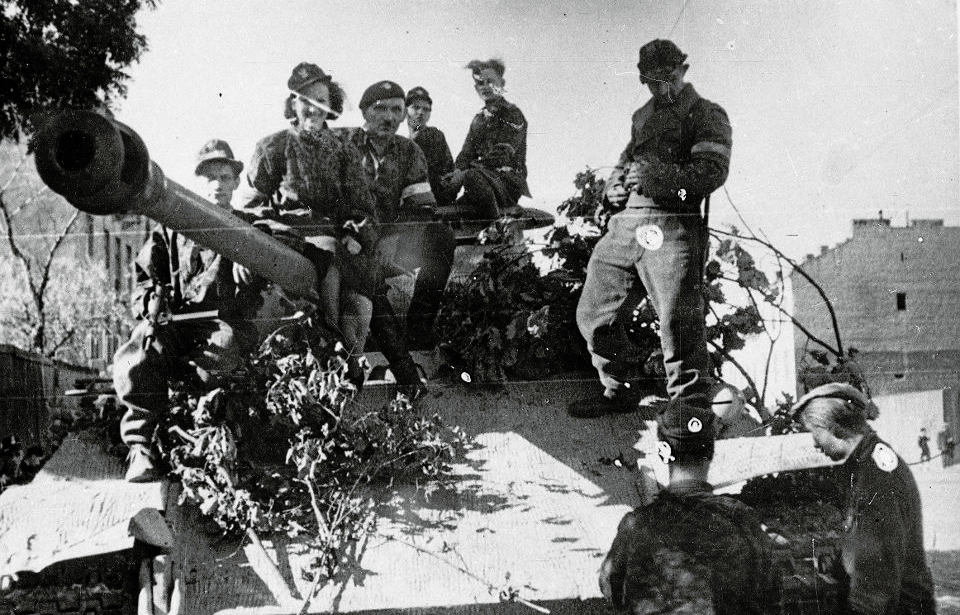Poland was one of the earliest casualties of the Second World War. After being invaded by Germany, the country’s government fled and went into exile in France, followed by the United Kingdom. This meant that everyday civilians were left to face the occupation forces themselves. Many joined the underground Resistance, including children of the Polish Scouting Association.
Germany invades Poland
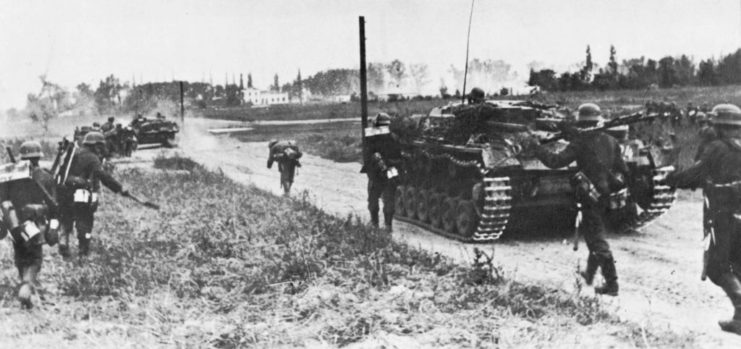
The German invasion of Poland began on September 1, 1939. To rationalize their actions, the German High Command claimed the nation was “persecuting ethnic Germans” living in the country and accused the Polish government of working with Britain and France to tear Germany apart.
The assault came as a surprise and, when paired against the vast size and skill of the German military, the Polish forces were no match for their invaders. The Germans tore through their defenses and quickly advanced on Warsaw. Within weeks, the country fell, a loss not helped by the fact the Soviet Union had invaded the eastern portion, stretching Poland’s defenses thin.
While the country’s government officially surrendered on September 27, 1939, the last of the Polish resistance ran until October 6. From then on, the country was split between the Germans and the Soviets along the Bug River, and its citizens were forced to live under the rule of outside forces.
Grey Ranks
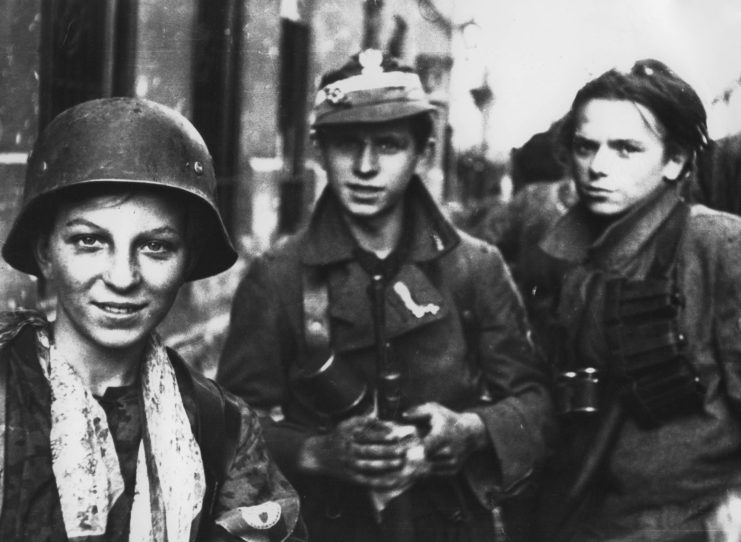
Everyone in Poland was affected by the German invasion, including the Polish Scouting Association (Związek Harcerstwa Polskiego). Activities related to the organization were banned, and all Boy Scouts and Girl Guides were deemed criminals.
This meant they needed to head underground. As part of the Polish Underground State, the Scouts rebranded as the “Grey Ranks” (Szare Szeregi). Under the leadership of Scoutmaster Florian Marciniak, it became a paramilitary group, working independently but in cooperation with the Resistance. As it had in past conflicts, including the Greater Poland Uprising and the Polish-Bolshevik War, the ZHP was going to fight.
Despite being turned into a paramilitary unit, the ZHP followed the same motto as it had prior to the war: “Service to the people and country, and education and improvement of their skills.” However, it also expanded it to include a three-part action plan.
This consisted of:
- The struggle for Poland’s independence (“today”)
- A national uprising and the country’s liberation (“tomorrow”)
- Rebuilding Poland after the war (“the day after”).
Every Scout contributed to the cause
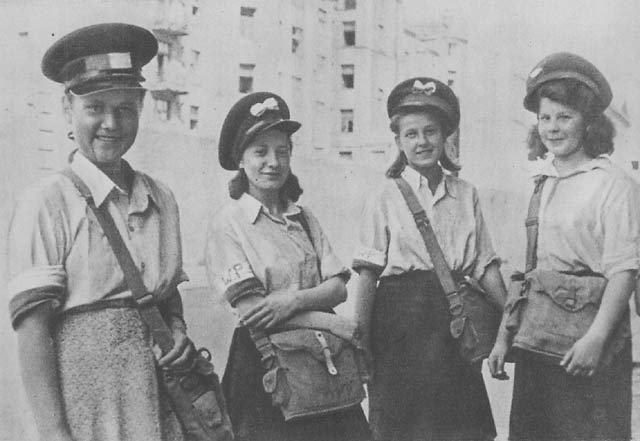
The youngest members of the ZHP were the Zawisza. Between the ages of 12 and 14, they prepared for the auxiliary service that would be needed following the impending uprising. They were taught in secret schools to ensure they were prepared for the day Poland was liberated.
Scouts aged 15-17 attended Combat Schools and were involved in “small sabotage.” They participated in the everyday disruption of German practices and were involved in three major campaigns:
- Operation N: The distribution of propaganda newspapers among German soldiers residing in Poland
- Operation WISS: The surveillance of German units
- Operation Wawer-Palmiry: The destruction of German propaganda.
Even Girl Guides got involved in the ZHP’s efforts. They formed auxiliary units and worked as liaisons, nurses and munitions carriers.
The eldest Scouts made up assault groups (Grupy Szturmowe) – the Polish Home Army’s best-trained troops. They trained at secret schools and studied at underground universities. Organized into battalions, they specialized in “major sabotage,” like blowing up railway bridges, liberating inmates from German prisons and transports, and carrying out executions ordered by special courts.
Warsaw Uprising
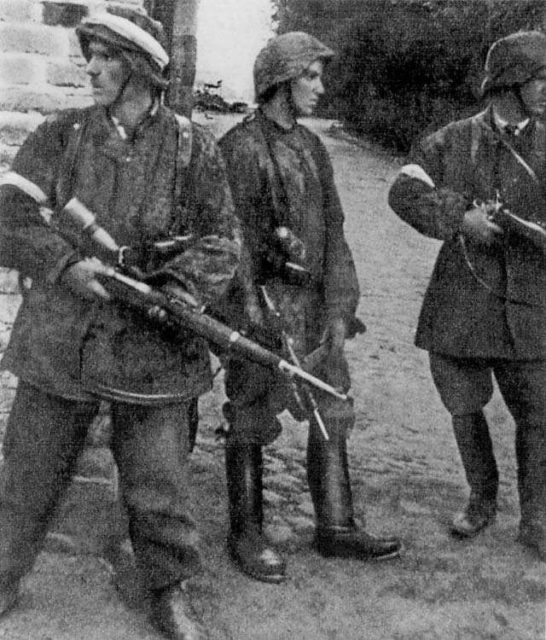
The Warsaw Uprising was the result of the Red Army‘s insistence that the Polish Home Army stage an attack against the German forces. While initially nervous about the request, they agreed, hoping to liberate Warsaw before the Soviets arrived.
On August 1, 1944, troops with the Warsaw Corps attacked. Three days later, they controlled most of the city. This didn’t stop the Germans, who sent in reinforcements and bombarded the Polish Resistance fighters with artillery and air assaults, forcing them into a defensive position.
The Red Army soon arrived in Praga, and the Soviet government denied the Allied forces access to Soviet airbases, meaning they couldn’t deliver supplies to the Resistance. Without support, the Home Army divided itself into small, disconnected units. Scouts within the ZHP, particularly members of the assault groups, saw action within these units.
Despite their efforts, the Resistance was forced to surrender on October 2, 1944. After the Germans had taken whoever they could into custody, the Red Army established a pro-Soviet government. Unbeknownst to the former, they’d eliminated the main threat to the Soviet’s control of the country.
Związek Harcerstwa Polskiego after World War II
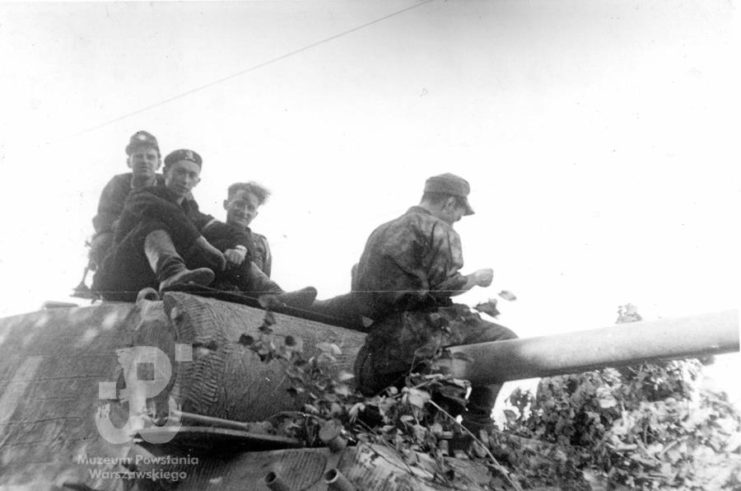
On January 18, 1945, the ZHP stopped fighting the German occupation of Warsaw and reverted back to using its former name. It also re-entered the public sphere. This was only for a short time, however, as the occupying Soviets pressured the organization to join the Pioneer Movement, a Communist children’s organization.
The ZHP was banned in 1949, and until ’56 it only existed through its international branches. Following the passing of Joseph Stalin and Bolesław Bierut, the Polish United Workers’ Party renamed itself the ZHP, but with a catch: it didn’t consider itself a continuation of the prewar organization of the same name.
More from us: The Wola Massacre Was One of the Most Horrific Episodes of the Warsaw Uprising
Want to become a trivia master? Sign up for our War History Fact of the Day newsletter!
From then on, the organization underwent several changes as Poland’s political climate shifted.
